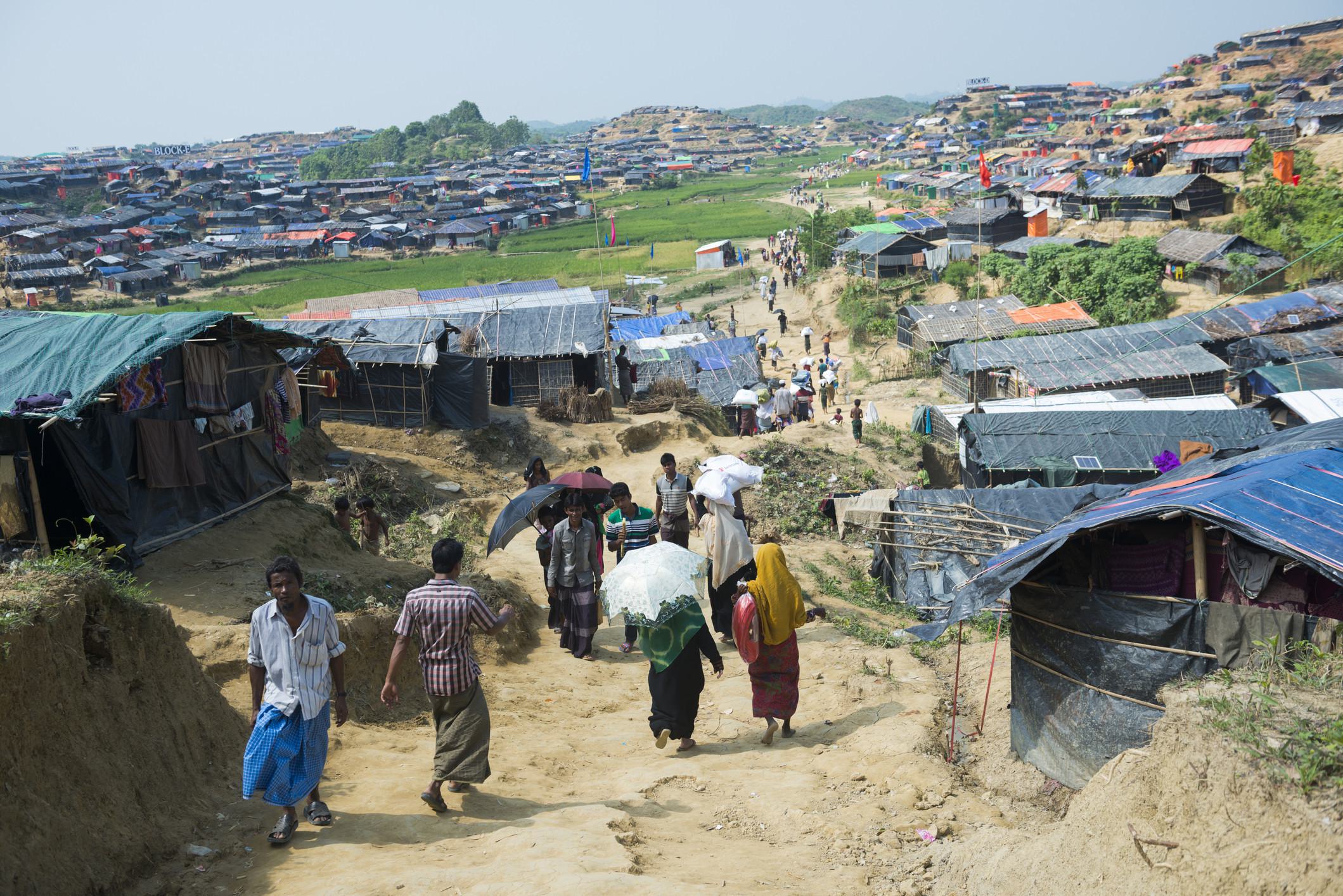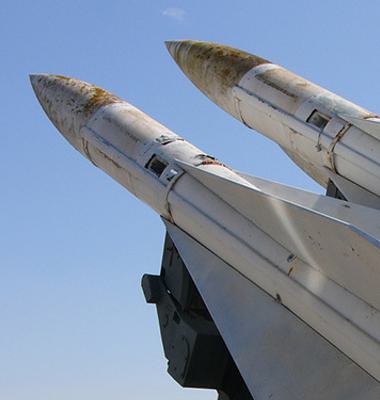How NGOs can maintain security in humanitarian crises

The first stage of an emergency humanitarian relief programme is often launched with few priorities other than to secure food, shelter and protection for those most at risk – whether as the result of a refugee crisis, conflict or natural disaster. Because of the criticality of responding quickly, and a lack of familiarity with the local environment, emergency response programmes, their personnel and assets are regularly put in situations where they are at a high risk of being targeted by malicious threat actors.
Healix recently led a Project Risk Assessment of one of the biggest humanitarian crisis response programmes in the world, in Cox’s Bazar, Bangladesh. I spent most of this time at the field level, and interacted with various different NGOs, agencies and security apparatus to assess the intent and capability of a range of localised, national and international threat actors, and understand the impact and likelihood of their consequent risk. Based on key learnings from this project – as well as my experience working with NGOs in Nepal, Uganda and Peru – I have summarised a few key takeaways that all organisations working in humanitarian crises should be keeping in mind.
Procurement personnel are some of your most vulnerable
Within any humanitarian crisis, the sourcing of goods and services at the local level is essential to the delivery of operations – whether this be building materials, vehicle hires or agricultural produce. The surge in the volume of procurement requests will almost certainly be beyond the capacity of most established local suppliers at the onset of a crisis, and this leads to new market entrants setting up businesses and competing with each other over lucrative contracts. While most NGOs have established procurement procedures in place for operations that they have been running for a long time, general procurement protocols are rarely applicable in local contexts during emergency settings, and are often unenforced owing to the time criticality of aid delivery.
However, the staff at the frontline of procuring services at scale are often some of the most vulnerable personnel in your emergency response programme. They are regularly targeted by local actors who utilise intimidation, harassment and sometimes physical abuse or threats of harm to pressure staff into awarding them high value contracts – despite not being the vendor that is likely to deliver the best goods or services. From the outset, consideration needs to be given to how the procurement process is going to work within a new relief programme, and how procurement staff can be adequately protected from harassment and abuse.
Corruption is all around
In most environments where crises are likely to occur, it is a sad fact that corruption is often entrenched. This is, of course, true to varying degrees in different contexts, but corruption will be regularly encountered in interactions with local police, politicians, military officers and other government agencies. Failure to prepare staff for the likelihood of corruption only increases the impact that the risk will have upon the programme, and without context-specific anti-corruption policies and directives, the entire organisation’s reputation is being put at stake.
It’s not just external actors either, corruption inside your organisation or in your interactions with other NGOs or aid agencies is also possible. Left unchecked, corrupt practices could cap the effectiveness of a crisis response programme, damage relations with beneficiaries, and undermine donor confidence in your organisation’s ability to operate with impartiality.
Acceptance is key
It is no secret that for a humanitarian programme to be effective, it needs to be accepted by those it seeks to benefit. However, it cannot be stressed enough how dependent the personal security of field staff is upon strong acceptance from beneficiaries, and a clear understanding at the ground level that your organisation is working in their interests.
Miscommunications can happen for a range of reasons, from language barriers to cultural differences. For whatever reason, when the beneficiaries of your programme no longer trust your organisation to be working in their favour, there is a very real risk of violence against field staff, and violent protests against your sites at the field level that could ultimately lead to the failure of your programme. Acceptance should be assessed not only as a monitoring and evaluation tool, or benchmark of success, but also as a critical indicator of the security environment.
Emergency response plans should cover beneficiaries and staff
Time and time again NGOs are developing quality disaster and emergency preparedness plans that solely focus on their beneficiaries. They know exactly what they will do should an outbreak of a communicable disease occur within the beneficiary community, but they have no plans in place should a staff member become infected. Programmes deliver sensitisation and immunisations to beneficiaries, but the organisation’s field staff are left unvaccinated and vulnerable. Emergency response plans are as, if not more, important for an NGO’s staff, as they are for the people the programme is seeking to benefit.
It is every NGO’s duty to protect their staff, assets and operations
Without them there is no emergency response at all. It is easy to deprioritise security concerns until they have begun to be realised, and put off implementing protection measures for staff until the basic needs of beneficiaries have been met – but the costs of doing so could be critical. Every organisation will have their own risk tolerance, and accepting a certain degree of risk is essential to humanitarian operations, but this does not mean that any organisation can afford not to consider security in the implementation of all of their relief programmes.




